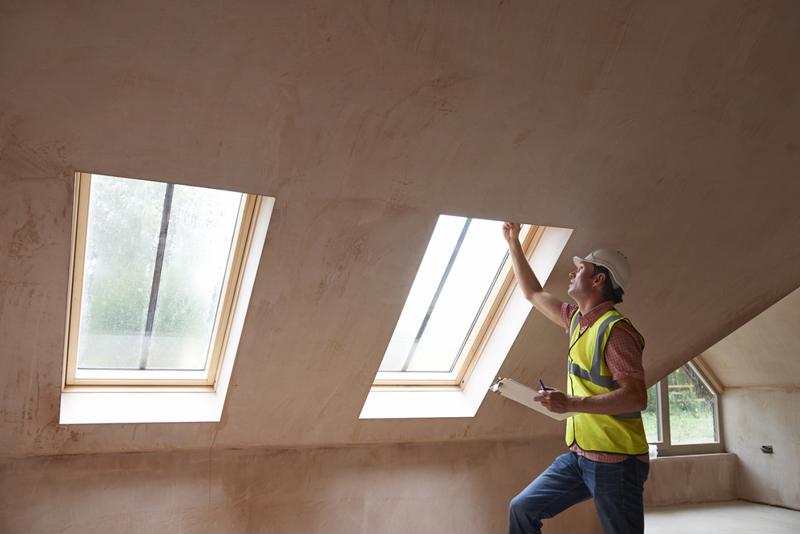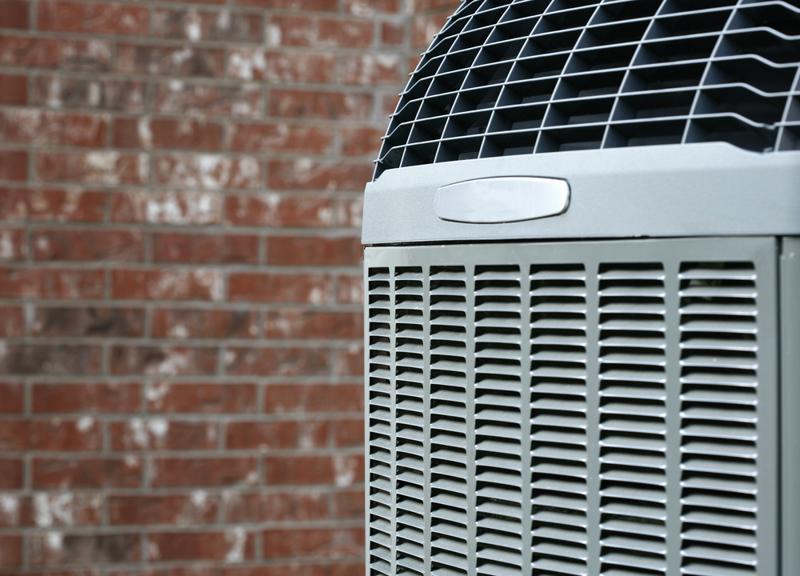Spring is the perfect time to step outdoors and perform a little home maintenance. After all, you don’t want to spend the summer toiling away in the sweltering heat and suffocating humidity. So, get it all out of the way now.
First, check out your gutters and drains to make sure they’re not blocked with debris. Ideally, you want to do this just after heavy rainfall. Next, move up to the roof and scan for damage. Homes in areas that experience heavy winter weather normally require annual roofing work. So, if you live in the Northeast or Midwest, be prepared to make repairs. Also, if you have children, make sure to check common playtime equipment like swing sets.
Once you finish up outdoors, move inside. You’ll want to schedule a service appointment for your air conditioning unit and possibly a duct cleaning. Finish up your springtime home evaluation by taking a trip to your attic to look for leaks.
Thanks for stopping by! And, make sure to swing back through for more home maintenance tips.





